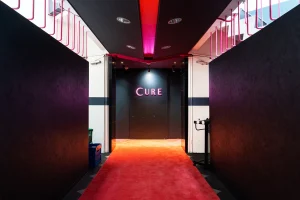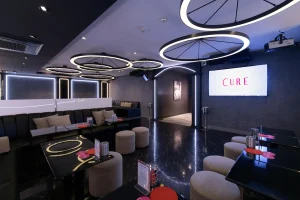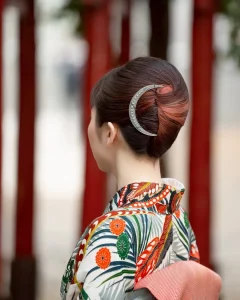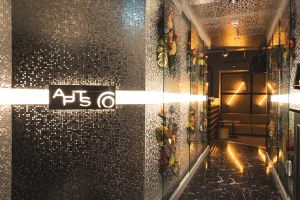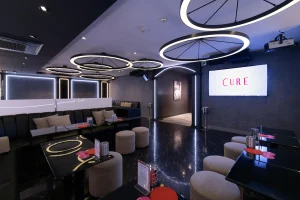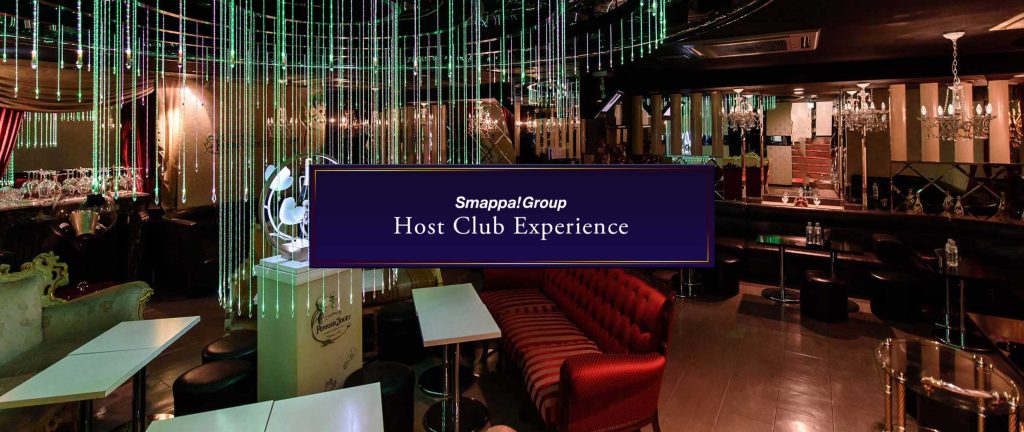
What is a Host Club?
A Night to Remember, For Everyone
At first glance, a host club might seem mysterious or extravagant—but step inside, and you’ll find something special: a place where charm, conversation, and connection come together in one unforgettable night. So what exactly is a host club? Think of it as Japan’s modern-day take on the geisha experience—but with polished, magnetic men as your hosts. Over drinks and relaxed conversation, they create a dreamlike escape from your everyday routine.

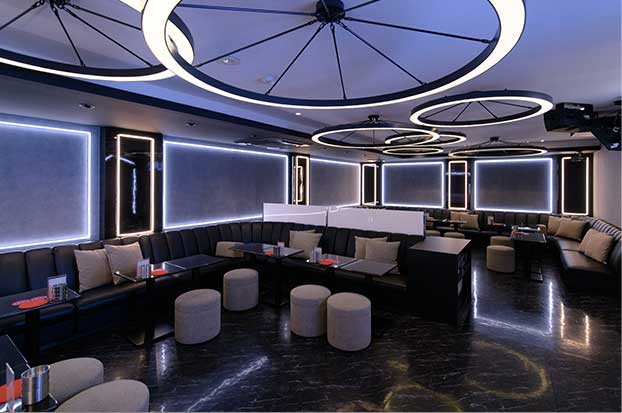
KABUKICHO CONCIERGE
Your trusted insider to Tokyo’s wildest neighborhood.
The Kabukicho Concierge is your local guide to the vibrant nightlife districts of Kabukicho and Golden Gai; taking you beyond the tourist traps and into the hidden gems where even locals go.
We provide safe, authentic, and unforgettable nightlife experiences that elevate your journey and bring the real Tokyo to life.
Perfect for curious and adventurous international travelers looking to explore Japan like a true insider.
Service & Price
We aim to create a safe and relaxing space for all guests.
Host club pricing is often unclear, which can make people feel uncertain or even anxious. At Smappa! Group, we’ve created clear, fixed-price reservation plans so you can enjoy your time without any worries. If you have any questions, please feel free to contact us by phone or through our [contact page].
Fixed Price Plans for First-Time Guests
Host Club Wine Experience
¥15,000
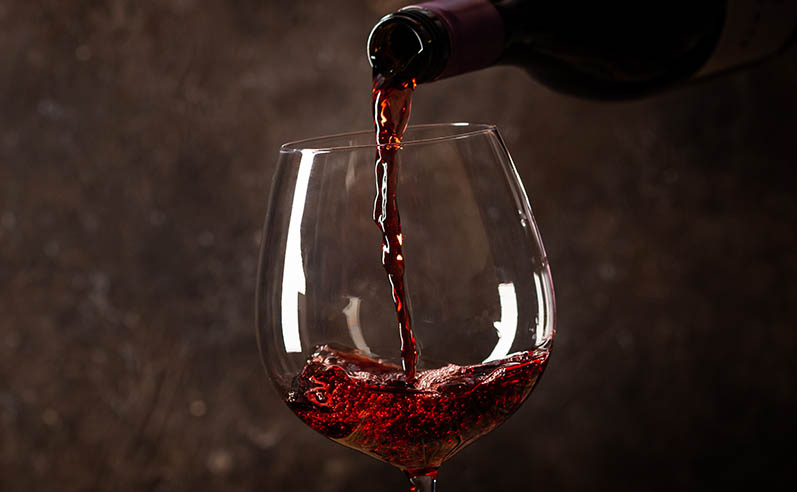
Enjoy six specially selected wines in the elegant and luxurious setting of our flagship store, SMAPPA! HANS AXEL VON FERSEN. This plan offers a premium host club experience with a wine tasting guided by our in-house sommelier, who will choose the best wines based on the weather, temperature, and mood of the day. Engage in conversation with your host while sipping delicious wine — a unique and unforgettable host club experience.
*Prices are fixed. If you make any additional purchases outside the plan, you’ll be informed in advance
Host Club Experience Plan
¥5,000
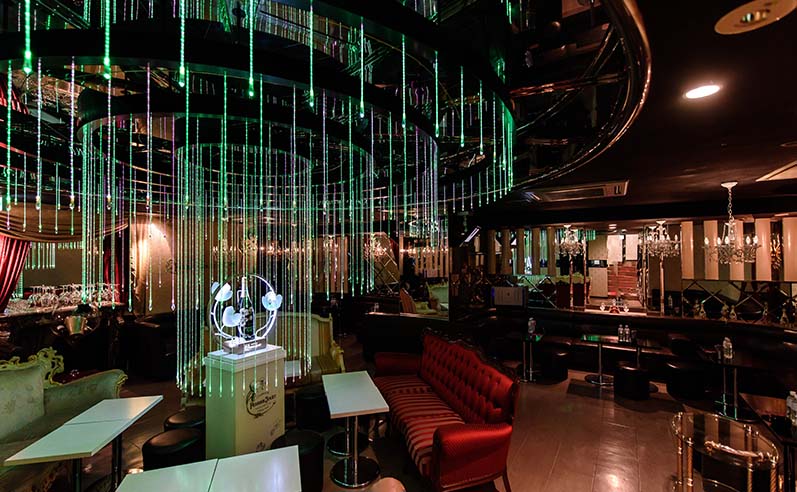
Curious about host clubs but not sure where to start? This plan gives you a chance to visit one of our Smappa! Group clubs and experience the excitement firsthand.
You’ll enjoy a relaxing drink and conversation with our hosts — all at a set price.
We also offer a pickup service within Kabukicho if you’re unfamiliar with the area. Perfect for solo travelers or tourists looking for a safe, fun night out.
Plan Comparison
| Host club Visit Plan | Host club Wine Experience Plan | |
| Concept | Budget-friendly intro to host clubs | A premium wine-tasting host experience |
| Fee | ¥5,000 per person | ¥15,000 per person |
| Stores | One store designated by us | SMAPPA! HANS AXEL VON FERSEN |
| Duration | 60 minutes | 120 minutes |
| Drinks | All-you-can-drink (shochu and house wine) | All-you-can-drink(1 sparkling, 2 white, 2red) |
| Food | Optional add-ons | Light snacks included, more available |
| Group Size | 1-4 people | 1-4 people |
For more details, please visit the Kabukicho Concierge page.
NEWS
- What Is a Japanese Host Club in Tokyo? A Complete Guide for First-Time VisitorsLearn what Japanese host clubs are, how much they cost, and whether they’re safe. A clear, beginner-friendly guide for first-time visitors in Tokyo.
- Club Cure Tokyo: The Most Foreign-Friendly Host Club in ShinjukuDiscover Club Cure, an English-friendly host club in Shinjuku, Tokyo. Enjoy Japan’s nightlife safely with clear pricing, friendly bilingual hosts, and unforgettable moments.
- What Is a Hostess Bar/Club in Japan? Cost & Rules for TouristsLearn what a hostess bar in Japan is, how much it costs, and the key rules tourists should know before visiting. A clear and safe guide for first-timers.
- Ouran High School Host Club to Real Host Clubs in JapanDiscover how the world of Ouran High School Host Club meets real-life Japanese host clubs from anime fantasies to Tokyo’s vibrant host club scene.
- Host club for foreign tourist in Shinjuku, JapanExperience a real host club in Shinjuku, Tokyo. Learn what to expect, prices, and etiquette. A nightlife guide for foreign tourists visiting Japan.
